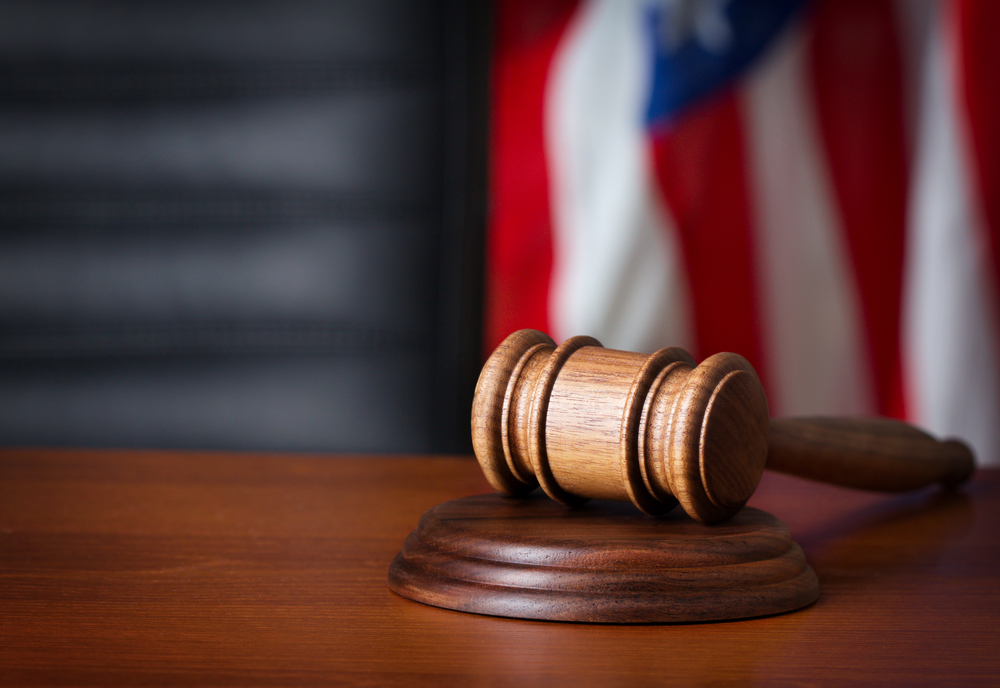On January 13, the U.S. Supreme Court issued a stay of the COVID-19 vaccine-or-test emergency temporary standard (ETS) issued on November 5, 2021, by the Occupational Safety and Health Administration (OSHA).
The rule would require employers with 100 or more employees to implement a program of COVID-19 vaccination or regular testing and face coverings to protect unvaccinated workers. The U.S. Court of Appeals for the 5th Circuit issued a judicial stay of the ETS November 12, which the 6th Circuit appeals court lifted December 17 after the case was moved.
The majority of Supreme Court justices disagreed with the 6th Circuit appeals court, concluding that the petitioners in Nat. Fed’n of Indep. Bus. v. Dept. of Labor and Ohio v. Dept. of Labor likely will prevail in their challenge. Justices Stephen G. Breyer, Elena Kagan, and Sonia Sotomayor dissented. The emergency rule now is stayed while the 6th Circuit appeals court reviews the case.
Petitioners, which include business groups and several states, want a federal injunction to block OSHA from implementing and enforcing the emergency rule.
The court heard oral arguments on January 7 regarding the emergency rule. OSHA began enforcement on January 10 of some of the ETS’s requirements, including face coverings for unvaccinated employees.
The Supreme Court concluded that the Department of Labor, through OSHA, exceeded the authority granted by the Occupational Safety and Health (OSH) Act when it issued the ETS. The statute does not authorize the agency to issue a broad public health measure with vast economic significance, the majority wrote.
“Although COVID–19 is a risk that occurs in many workplaces, it is not an occupational hazard in most. COVID–19 can and does spread at home, in schools, during sporting events, and everywhere else that people gather.”
The majority also pointed out that the American Rescue Plan Act of 2021 (Pub. L. 117–2), which was signed into law March 11, 2o21, and authorizes federal measures in response to the pandemic, does not include authorization for an OSHA vaccine mandate.
The majority, along with Justice Neil Gorsuch, in a concurring opinion stated that the Court expects clear direction from Congress for executive agency actions of “vast economic and political significance.” Gorsuch pointed out that Congress has offered no such direction over the course of the COVID-19 pandemic and speculated that the White House and Labor Department pursued an OSHA ETS as a legislative “work-around.”
The three-judge appeals panel in the 5th Circuit came to a similar conclusion when it issued its indefinite stay of the ETS, suggesting that the White House “pored over the U.S. Code in search of authority, or a ‘work-around,’ for imposing a national vaccine mandate. The vehicle it landed on was an OSHA ETS.”
Gorsuch wrote that the power to address the health hazards of COVID-19 lies with Congress and the states, not OSHA.
Breyer, Kagan, and Sotomayor disagreed with the majority’s conclusions and its assumption that the petitioners would prevail. They concluded that OSHA had clear authority under the emergency rulemaking provisions of the OSH Act. They also wrote the ETS met the OSH Act’s two-pronged test for emergency rules: It addressed a grave workplace danger and was necessary.

